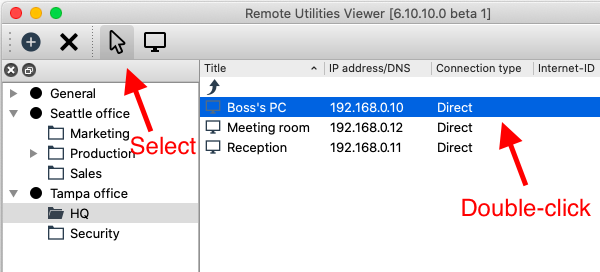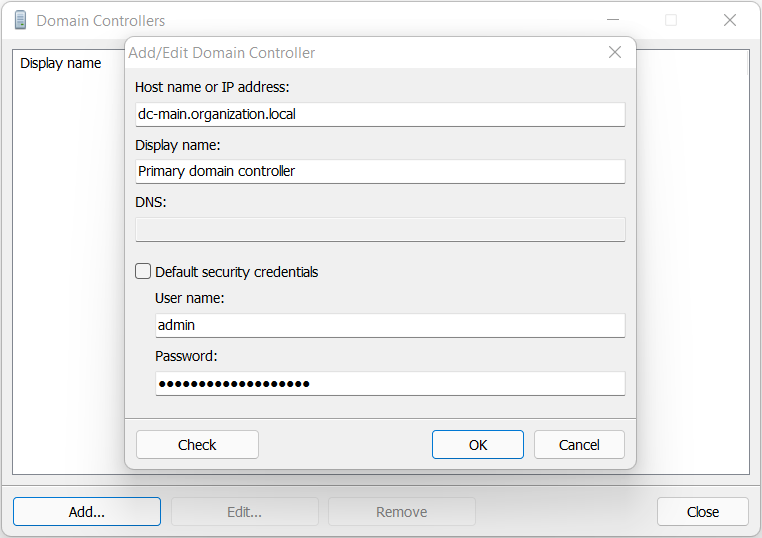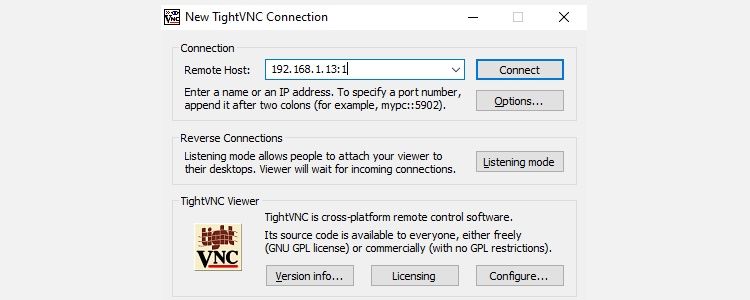
Most major Linux distributions come with a Telnet package that can be installed, but is not by default. The major difference between these two is that Telnet is not encrypted, meaning it is open for all to see. Telnet, much like SSH, allows for remote console-level access to a system.
#Remote utilities linux full#
Once you connect to the remote system, you have full shell access allowing you to issue commands as you would from the console. To connect to a remote system, all you have to do is fill in the host name or IP address to connect to, and select SSH for the connection type, as shown in Figure A. PuTTY is a great little utility that allows you to connect to remote systems using various protocols, including SSH and Telnet.Ĭonfiguring PuTTY is very easy.
#Remote utilities linux download#
My favorite free SSH client is PuTTY, which you can download from the PuTTY Web site. Once you’ve accomplished that, connecting is fairly simple. If you don’t have an SSH server installed, you can use your Linux distribution’s RPM installer to get it up and running. If you just want to use the console, you can set this value to No otherwise, set it to Yes.

There are a couple of major settings that you should have in place to minimize risk, including: Once you have an SSH server installed, configuring it is fairly easy. As with any tool, patches must be installed and restrictions should be put in place to keep unauthorized users from using the service. Many Linux distributions come with an SSH server already installed. SSH offers command line access over an encrypted tunnel. Secure Shell (SSH) is probably the most popular remote administration tool. Here are four major Linux remote administration utilities and some pluses and minuses for each. Fortunately, there are several widely used remote administration methods for Linux that let you cross that distance in little more than a few mouse clicks. Physical access to these systems on short notice is impossible. Servers and workstations that you need to support can be based in various locations, sometimes even thousands of miles away.

No matter how hard you try, you can’t be everywhere at once.

Manage remote Linux servers and workstations with easeĭiscover the Linux utilities you can use for remote access and control.


 0 kommentar(er)
0 kommentar(er)
